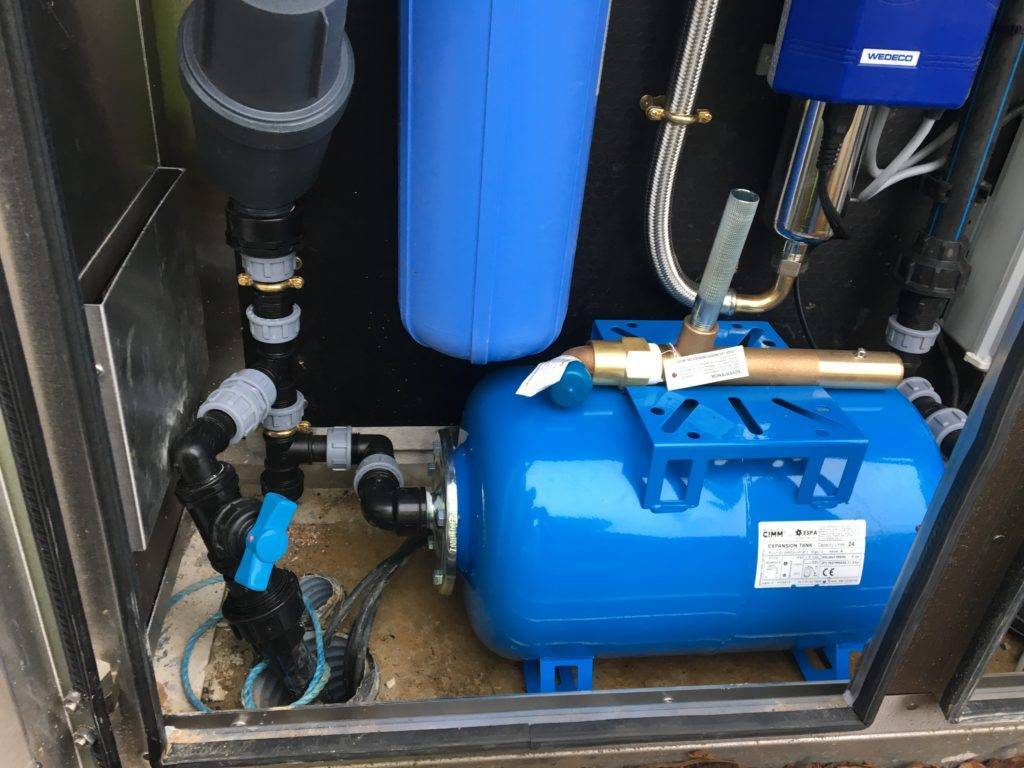
Over the last few weeks temperatures have been getting colder, the days have been getting shorter and its been raining much more – it looks like Winter is upon us! This can only mean one thing – time to start decommissioning your irrigation system! This will ensure that it’s protected from any damage that the cold Winter months can bring – so it’s ready to operate again as soon as Spring arrives.
Do I really need to Decommission my irrigation system?
Yes – absolutely! If you don’t decommission your system, it could be permanently damaged due to the freezing Winter weather. Even if the damage is small, it could impact the whole system – as for example, damage to one small area of supply pipework connecting to sprinklers would upset the sprinklers operation – causing them to operate erratically and inefficiently. You’ll also have to spend time trying to identify where the damage has been caused, repairing the system, or worst-case, replacing parts of the system.
Don’t worry – Decommissioning isn’t hard – just follow the simple steps below:
- Firstly, (and most obviously!) you’ll need to turn off the water supply at your outside mains water tap.
- If you have a tap timer (used to automate your system) positioned just below the tap, you’ll need to take this indoors to store it over the Winter, as very low temperatures can cause irreparable damage. You’ll also need to drain it of all water before you place it in storage though, as even the smallest remaining drop of water can cause damage. It’s best that timers are stored in your house rather than a garage or shed, where temperatures can still drop below freezing. If you have any other tap fittings, such as a tap splitter, you may also wish to disconnect these after having drained them down, for extra peace of mind.
- Just like draining tap timers, draining all pipework is essential for protection, as when water freezes, it expands. Even the tiniest drop of water can cause splits and damage to your pipework. So it’s vital to remove as much water as possible from your irrigation system to prevent damage. Doing very simple things like removing stop ends from the ends of pipework will ensure that unwanted water is expelled. You’ll also need to ensure that pipework is lifted at its lowest point, so that the water that has settled there is expelled.
- If you are using a system with a tank that includes a submersible pump, the good news is that you won’t need to remove the pump, as this will be located at the bottom of the tank and is therefore protected by the water lower down – as only the water on the surface of the tank will freeze during Winter.
- If you are using a dripline irrigation system, you’ll need to drain it extra thoroughly – as rodents and foxes will try to chew through the pipework to gain access to any water that is left inside – the built-in dripper holes being extremely vulnerable.
- If you are using a popup sprinkler system that is operating underground and using underground pipework, you can use a drain tee positioned in an accessible underground valve box (lay tee on its side) to drain the water out of the underground pipework. If you are using a system that is split into zones and involves solenoid valves housed in an accessible underground valve box, then you can simply remove the end cap from the valve manifold to drain the water and also loosen the union fittings on the solenoid valve outlets to allow the water to drain out that way.
There’s no time like the present!
So, now you know that decommissioning your irrigation system is actually very simple and straightforward – and you only need to do this once a year – before the onset of Winter. As we’ve also shown how vitally important decommissioning your system is, I’m sure you’ll agree that there’s no time like the present to get started!